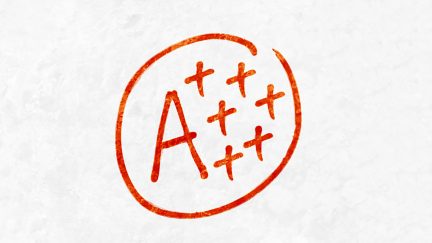Never miss a story — sign up for PLANSPONSOR newsletters to keep up on the latest retirement plan benefits news.
Sponsors Need To Plug Leaks for Loans, Withdrawals
Treasury and Labor Department regulators also should encourage sponsors to provide participants with more detailed information including various financial scenarios to amply illustrate the potential negative effects on the person’s ultimate retirement account balance of taking loans or accepting a final account cashout, a new government report suggests.
The assertions are contained in a Government Accountability Office (GAO) report,“401(k) Plans: Policy Changes Could Reduce the Long-term Effects of Leakage on Workers’ Retirement Savings,” released Friday.
Regarding cashouts, the GAO contended some participants are opting to go that way because they have never gotten detailed data about the potential damage it could bring to their retirement savings balance.“However, many participants continue to take this option when separating from their employer, in part because the option is often presented to them with little or no information on its long-term consequences,” the GAO said. “With better information on the consequences of the various forms of leakage, participants may choose to preserve their retirement savings, resulting in a better retirement outcome.”
Hardship Cases
Regarding hardship withdrawals, the GAO investigators said plans should not approve such withdrawals until the person has exhausted their ability to take a plan loan. In fact, the GAO said theSecretary of the Treasury should clarify that the loan exhaustion provision applies to all plans that permit both participant loans and hardship withdrawals, and should require plans to document that participants have exhausted available plan loans before allowing a hardship withdrawal, the GAO said.
The current period during which participants can’t make new deferrals after taking a hardship withdrawl could actually be making the situation worse, by keeping workers who could afford such savings from actually making it for six months.
“[U]nder current hardship rules, participants who could continue making retirement contributions after taking a hardship withdrawal are barred from doing so,” the GAO report said. “This suspension of contributions also prevents participants from receiving employer matching contributions and will likely leave them with a lower account balance at retirement. Ensuring that participants choose the path that causes the least harm to their retirement accounts and continue to make retirement contributions whenever possible may help mitigate the adverse impacts of leakage that otherwise will linger into retirement.”
The GAO also recommended the Labor Department encourage plans to provide separating participants with a projection of their account balance under different scenarios, such as when assets are left in a tax-deferred retirement account compared with those assets cashed out in the form of a lump-sum distribution.
The GAO worked with 26 plan administrators in the report. The report is available here .


